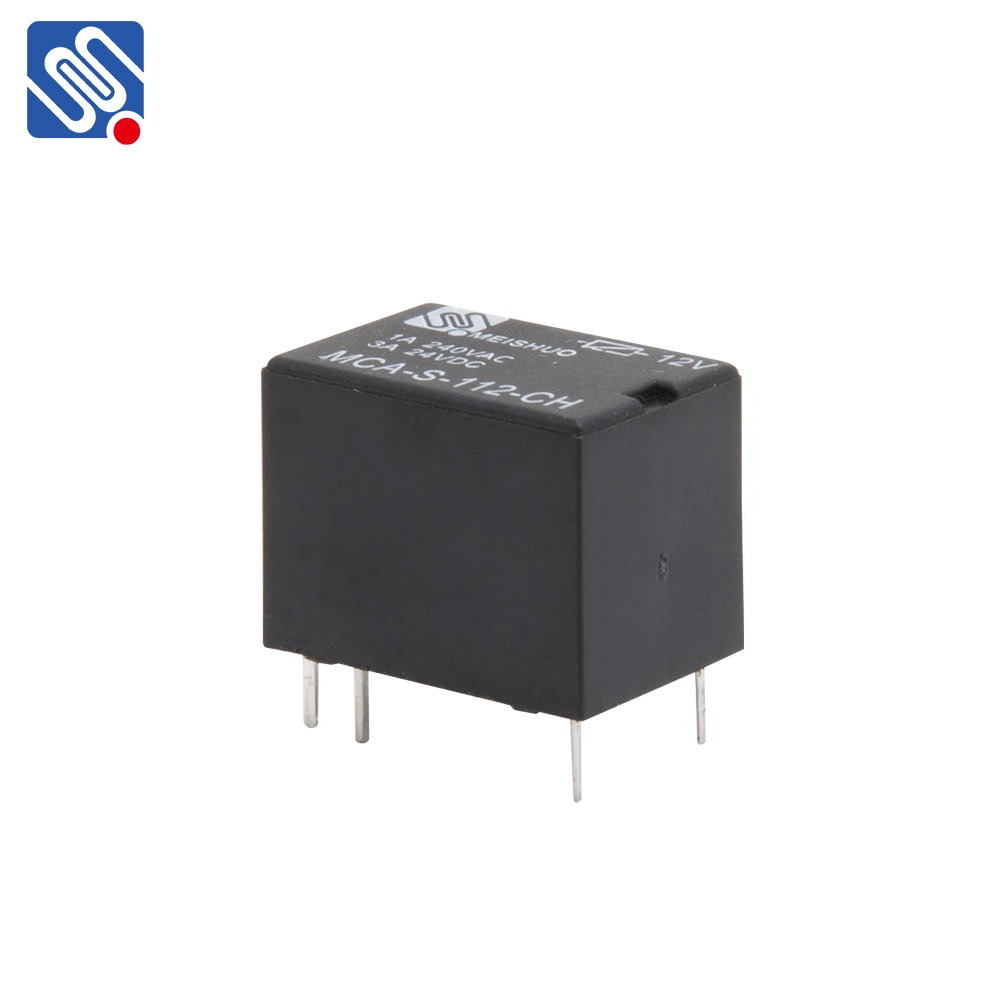In today’s interconnected world, technology continues to evolve, bringing about greater convenience and automation in our daily lives. One such innovation is the wireless relay, a device that has gained significant attention for its ability to control electrical systems remotely. By utilizing wireless communication protocols such as Wi-Fi, Bluetooth, and Zigbee, wireless relays offer a versatile solution for controlling electrical circuits, appliances, and devices from virtually anywhere. In this article, we will explore the functionality, applications, and benefits of wireless relays, as well as their impact on modern automation systems.

What is a Wireless Relay? A wireless relay is an electronic component that enables the remote control of electrical devices by switching circuits on and off without the need for physical wiring. Typically, it consists of a relay switch, a wireless communication module, and a control system. The relay switch is responsible for controlling the flow of electricity through the connected circuit, while the wireless communication module receives signals from a remote control device such as a smartphone, tablet, or computer. Once the signal is received, the relay switch either opens or closes the circuit, allowing or cutting off the flow of electricity.